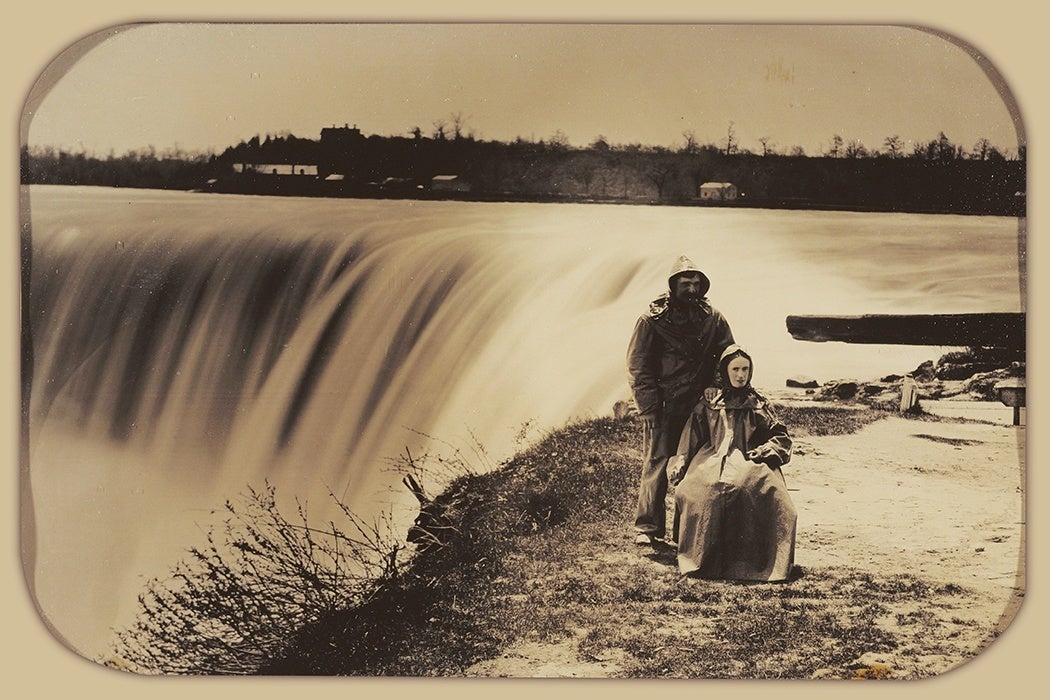There’s nothing more American than a summer road trip: driving across the country, stopping at little towns, and picking up a postcard or two showcasing their unique sights. As American literature scholar Andrew S. Gross writes, people have been doing this for more than a century. But, he argues, the rise of this kind of tourism, with its focus on American diversity, actually helped homogenize the country.
Gross explains that the first picture postcards may have been souvenirs sold at the 1893 World’s Columbian Exposition in Chicago. Soon, people began collecting postcards from different places, prompting local photographers and printers to create them for their towns. Corporations like the Harvey Hotel Chain included their logos on postcards of natural scenery. International players also got in on the action: until the passage of a tariff in 1909, most high-quality postcards showing American views were actually printed in Germany.
In 1915, novelist Theodore Dreiser described a road trip from New York to Indiana, noticing differences in the self-presentation of local communities in comparison with what he’d seen as a child in the 1880s.
“No small American town of that date would have presumed to suppose that it had anything of interest to photograph,” he wrote. “Yet on this trip there was scarcely a village that did not contain a rack somewhere of local views, if no more than of clouds and rills and cattle standing in water near an old bridge.”
Meanwhile, in the years before World War I, advertisers launched a drive for patriotic tourism with the slogan “see America first” (before traveling to see Europe’s sights). Often this meant a road trip in a newly popular Model T Ford. Even before the invention of the automobile, Gross writes, it was already a cliché to think of the road as a symbol of freedom. But cars brought many new depictions of people heading out of the modern, crowded city to the individualistic “frontier.”
The cars that brought so many people out to see the diversity of life across the country were, of course, mass-produced. And the needs of drivers led to a new homogeneity in small-town America, too. Identical Standard Oil, Gulf, and Shell gasoline stations popped up, along with roadside advertisements for national brands, including Burma Shave’s famous rhyming signs.
Weekly Newsletter
Traveling across the country in 1915, future etiquette maven Emily Post described Western towns that looked, to her disappointment, like little New Yorks. Seeing Hopi women selling tourist products at a train station, she complained that they weren’t wearing their traditional garments correctly.
“Tourists are, of course, the greatest traditionalists because they want to visit (and collect) a static culture; a culture that is commemorative or elegiac and can be carried away as a souvenir,” Gross writes. “Post is not happy when the Indians stage their own authenticity because it does not fit her staged version of the West.”
How American Tourism Began
Support JSTOR Daily! Join our new membership program on Patreon today.








